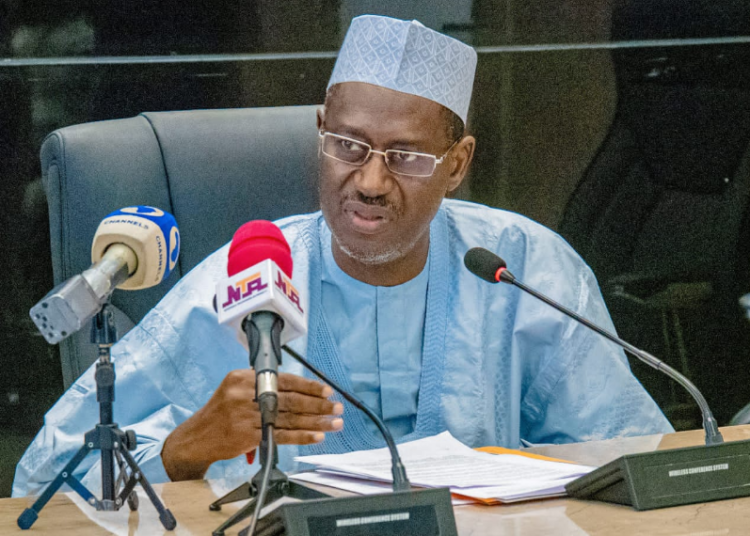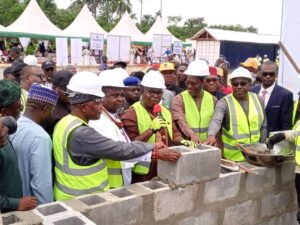
Minister of Housing and Urban Development, Ahmed Musa Dangiwa has made a case for the adoption of green, sustainable, and climate smart housing designs and technologies in the country’s housing industry, charging professionals in the sector to be innovative and ingenious.
Speaking at the 2024 Archibuilt Exposition organised by the Nigerian Institute of Architects (NIA), yesterday at the Rainbow Event Centre in Abuja, the Minister urged the institute and other built professionals to find alternative and sustainable solutions to the housing needs in Nigeria.
“We have seen transformative ideas presented at previous expositions, from using sustainable building materials to energy-efficient designs, water conservation techniques, and zero-emission construction technologies. The ongoing conversations will shape the future of construction in Nigeria and resonate globally. Innovation, built on technology and equitable resource utilisation models, is what we need” he said
The minister highlighted the critical role of Architects in achieving the SDG -11 which calls for sustainable cities and communities, stating that Architects hold the power to design urban spaces that are inclusive, resilient, and adaptive to the needs of the future.
“We must ask ourselves: How can we ensure that the cities we build are not only environmentally sustainable but also inclusive and socially equitable? How can we foster urban ecosystems that promote healthy living, economic development, and environmental stewardship but yet groundbreaking enough?” He asked.
He also urged Architects to rise to the occasion on the issues of rapid rural-urban migration and astronomic population growth which will put strain on infrastructure, stating that African States have struggled to respond to the challenges of rapid rural-urban migration and the surging population estimated to hit 2.5 billion by the year 2050, which Nigeria alone was said to account for over 400 million, ranking her the 3rd largest country globally.
Accordingly, the minister noted that, the answer lies in African states to deploy homegrown solutions with core innovation and begin to interrogate current and future needs.
On the use of local and indigenous materials as a way of preserving cultural identity, he said ” optimising the use of local materials like bamboo, laterite and compressed earth blocks will help to reduce carbon footprints, while maintaining the structural integrity of our buildings… Under the Renewed Hope Agenda of His Excellency, President Bola Ahmed Tinubu, we are committed to supporting initiatives that promote sustainable housing, infrastructure, and urban development,”
He also revealed that the 3,112 Karsana Renewed Hope City and all designs for the other six Renewed Hope Cities in each of the six geo-political zones are currently undergoing the process of EDGE Green Certification, assuring that the focus on Green practices across the Renewed Hope Estates being developed nationwide will lead to the creation of the largest green footprint in the history of housing development in the country and perhaps Africa.
The minister also reiterated efforts by the Ministry to establish six Building Materials Manufacturing Hubs, one in each of the nation’s geopolitical zones, adding that the Task Team set up to draw up the modalities for their establishment have recently submitted their report which is being reviewed for implementation.
Other dignitaries at the event include former vice president and special guest of honour, Namadi Sambo, who called for the need to reimagine cities not just as a static collective but as a dynamic ecosystem that should change with the times.
“We must invest in cities that promote mobility, reduce congestion, and improve the quality of lives of the people. We must also focus on mixed-used neighbourhoods that promote togetherness,” he said.
Earlier, the president of Nigerian Institute of Architects, Mobolaji Adeniyi said that the event will showcase cutting-edge products, ideas, and technologies that will redefine the built environment, noting that the goal is to explore the intersection between architecture, technology, and innovation.
SOURCE: LEADERSHIP




